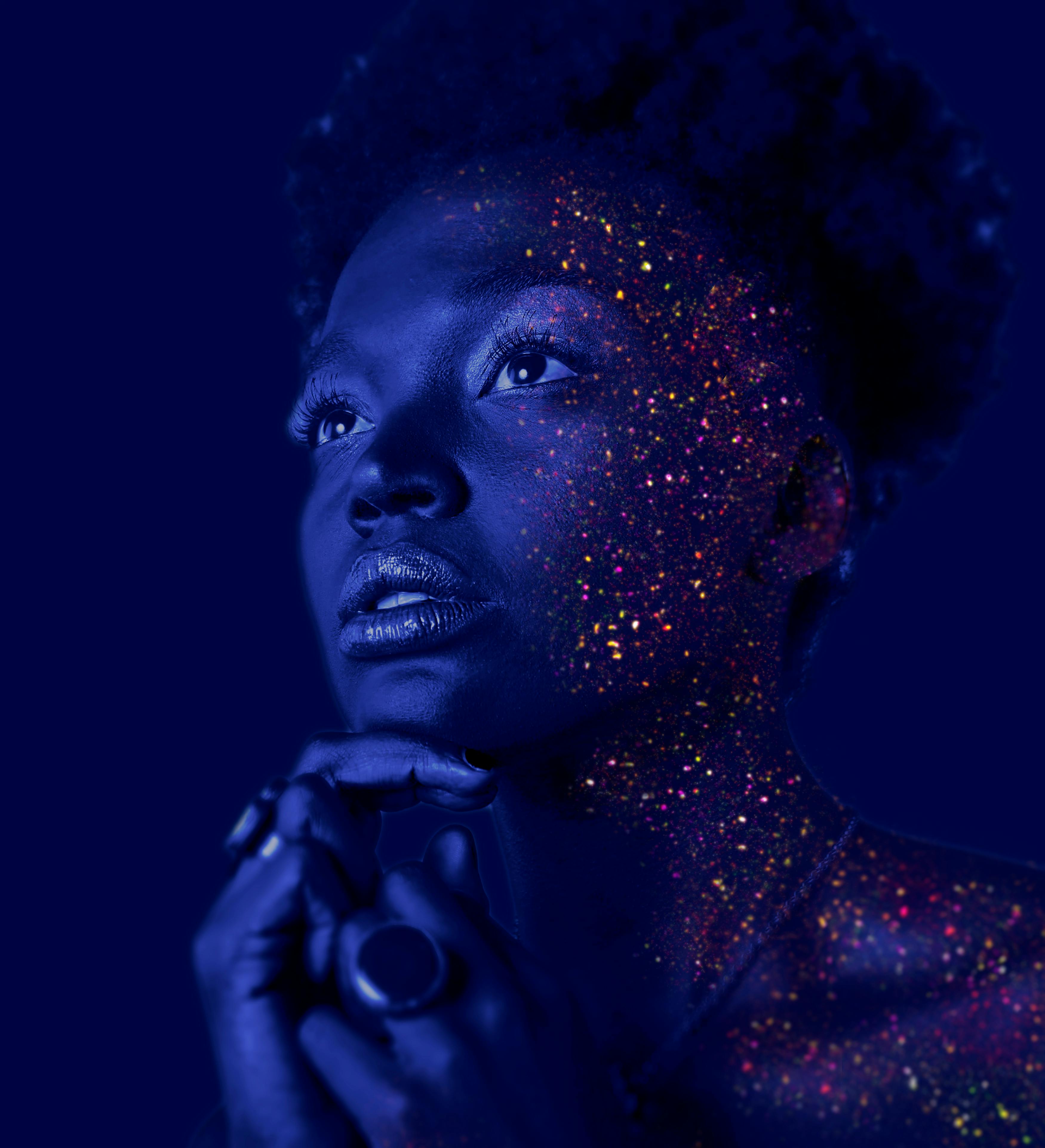Digital Art: A New Age of Creativity and Innovation
Welcome to the digital age, where creativity and innovation collide in magnificent displays of color, sound, and interactivity. Today we delve into the rapidly evolving world of digital art—a realm not bound by the traditional confines of canvas and paint, but one that embraces technology as an integral part of the creative process.

Unveiling the Digital Canvas: A Brief History
Digital art, though seemingly modern, has roots that reach back to the mid-20th century. Artists began experimenting with computer-generated art as early as the 1960s, using rudimentary programming languages to create simple shapes and patterns. Over time, advancements in technology allowed these pioneers to develop increasingly complex and visually striking works, birthing a new form of artistic expression.
The Digital Art Renaissance: Today’s Landscape
Fast-forward to today, where digital art has exploded in popularity and sophistication. With tools like Photoshop, Illustrator, and even virtual reality, artists can manipulate images, design intricate 3D models, and create immersive experiences that were once only the stuff of science fiction.
A recent phenomenon is the rise of Non-Fungible Tokens (NFTs), which has further propelled digital art into the mainstream. These blockchain-based assets provide a way for artists to authenticate and sell their digital works, revolutionizing the way art is bought and sold.
Impact and Significance: Art in the Digital Age
The impact of digital art is multi-faceted. On one hand, it’s democratizing the art world. With a computer and the right software, anyone can become an artist, breaking down barriers of entry that have existed for centuries.
On the other hand, it’s pushing the boundaries of what art can be. Digital art is not static; it can be interactive, immersive, and ever-changing. This dynamism is challenging traditional notions of art, forcing us to reconsider what art is and what it can be.
Reception: Embracing the New and the Novel
The reception to digital art has been largely positive, with many embracing its novelty and the opportunities it presents. Major galleries and museums are beginning to showcase digital art, and online platforms dedicated to the medium are gaining traction.
However, like any significant shift, it’s not without its detractors. Some critics argue that digital art lacks the ‘soul’ of traditional art, noting the absence of the artist’s physical touch. Yet, as we continue to navigate this digital landscape, it’s clear that this new form of artistic expression is here to stay.
The Future of Art in a Digital World
Digital art represents a new frontier in the arts and entertainment industry. Its rise is a testament to our era—a period marked by rapid technological advancements and a desire to push the boundaries of creativity. As we continue to explore what’s possible in this digital realm, one thing is clear: the future of art is as exciting as it is unpredictable.




